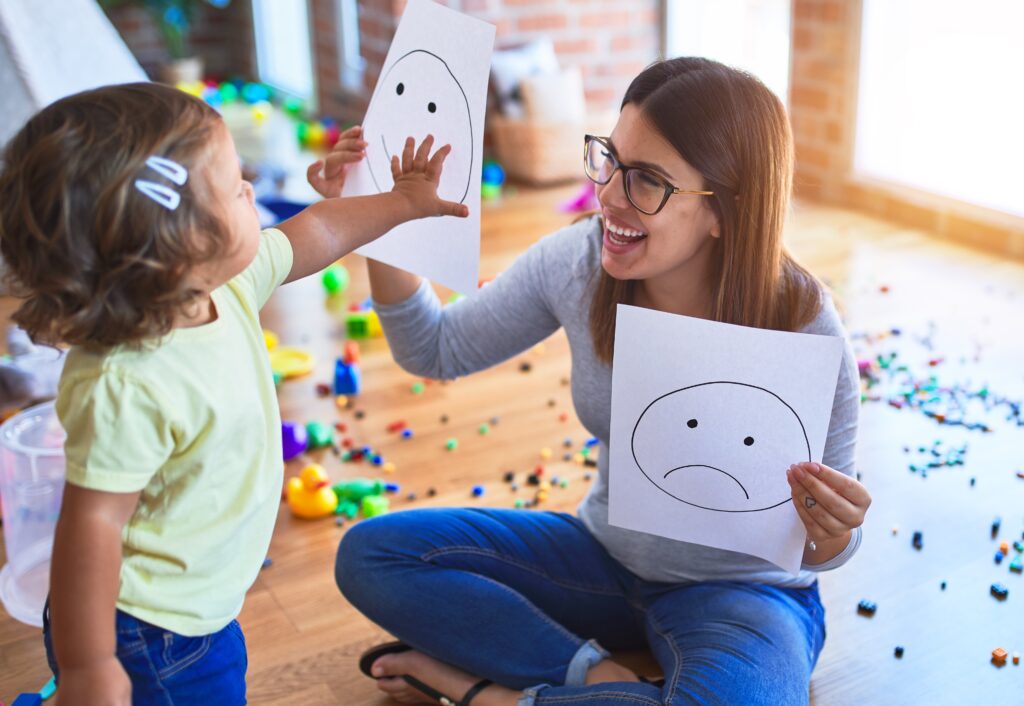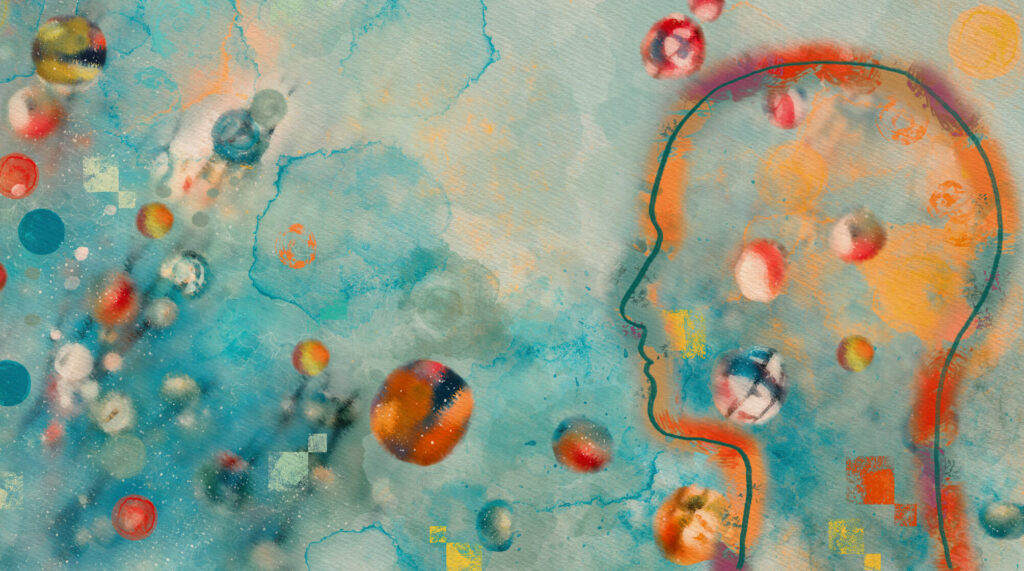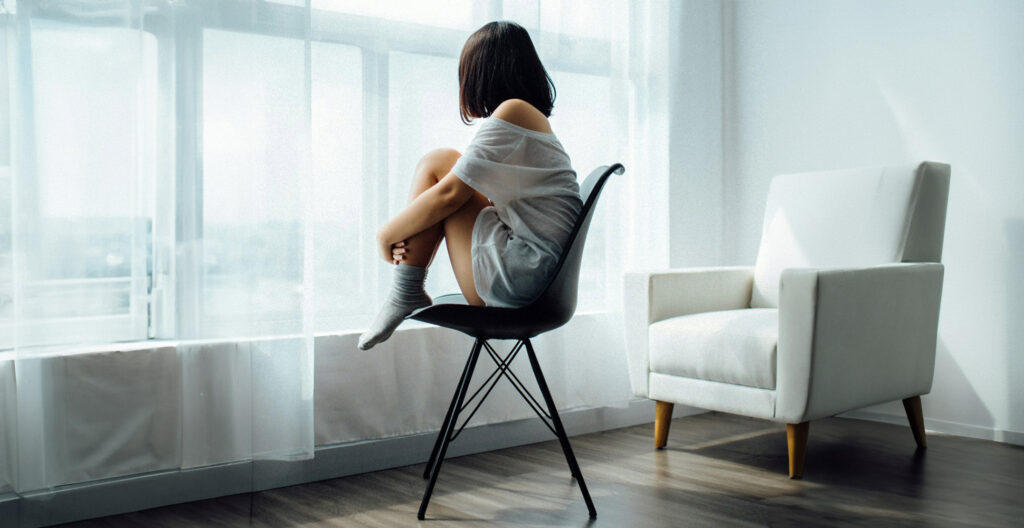Physical, emotional or mental pain speaks so loudly it is difficult to ignore. We are often tempted to flight or flee. This may take the form of anger, feeling overwhelmed or frightened, helpless or hopeless or sometimes over-indulging in behaviors we know are not good for us. Yet, the more we try to fight or run, the discomfort seems to only speak more loudly, and becomes more intense. Instead of feeling better, we feel worse.
Though we cannot always force the pain to go away, we can CHANGE the RELATIONSHIP we have with that discomfort. Without realizing it, each time we meet it directly with anger or rage, we have made the pain worse. Our bodies tense up, our heads and muscles ache. When we try to run away with the use of unhealthy behaviors, those behaviors increase and our self-worth plummets. If we become frightened or guilty, we only add to the problem.
Learning to CHANGE the RELATIONHSHIP with pain is no different than altering a chronic pattern of being in any unhealthy relationship. We first learn to be present in that relationship, to respectfully listen to our bodies and emotions, listening for any hidden messages (have I been pushing myself too much? Is this any old physical or emotional injury that I need to discharge? Do I need to add some new productive strategies to my daily routines? Is the way I am responding to this pain making it worse?) And then make decisions that best serve you in this relationship.
With any CHANGE, it takes practice since it is so easy when our bodies or minds are stressed to relapse automatically back into old “muscle memory” and inefficient strategies. But with commitment, repeated practice over time, and the right guidance; we start to more quickly recognize discomfort before it is yelling loudly, implement our new behaviors and ways of thinking with improved functioning and cooperate with our body’s natural healing process.
~Rita Romero , PhD








